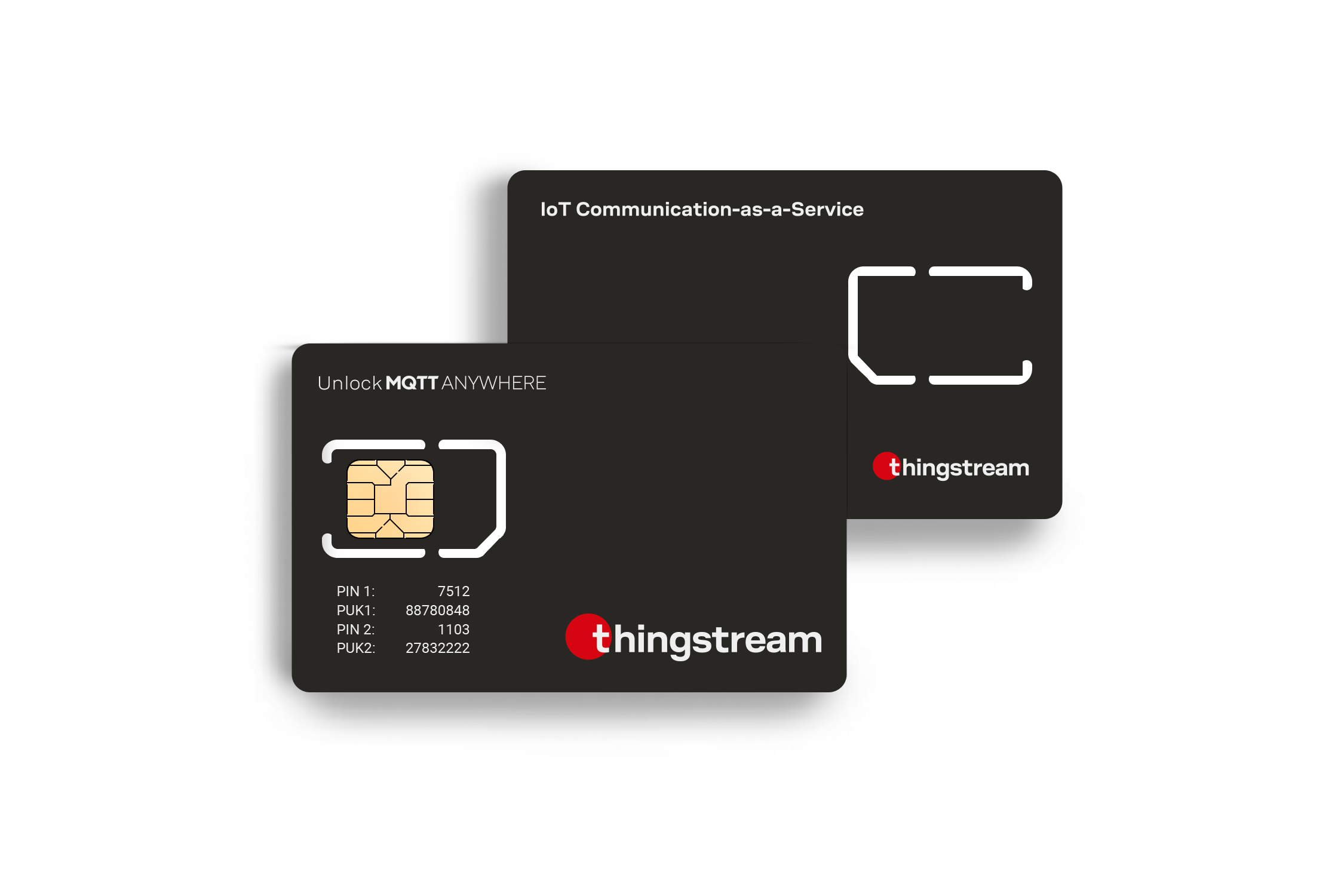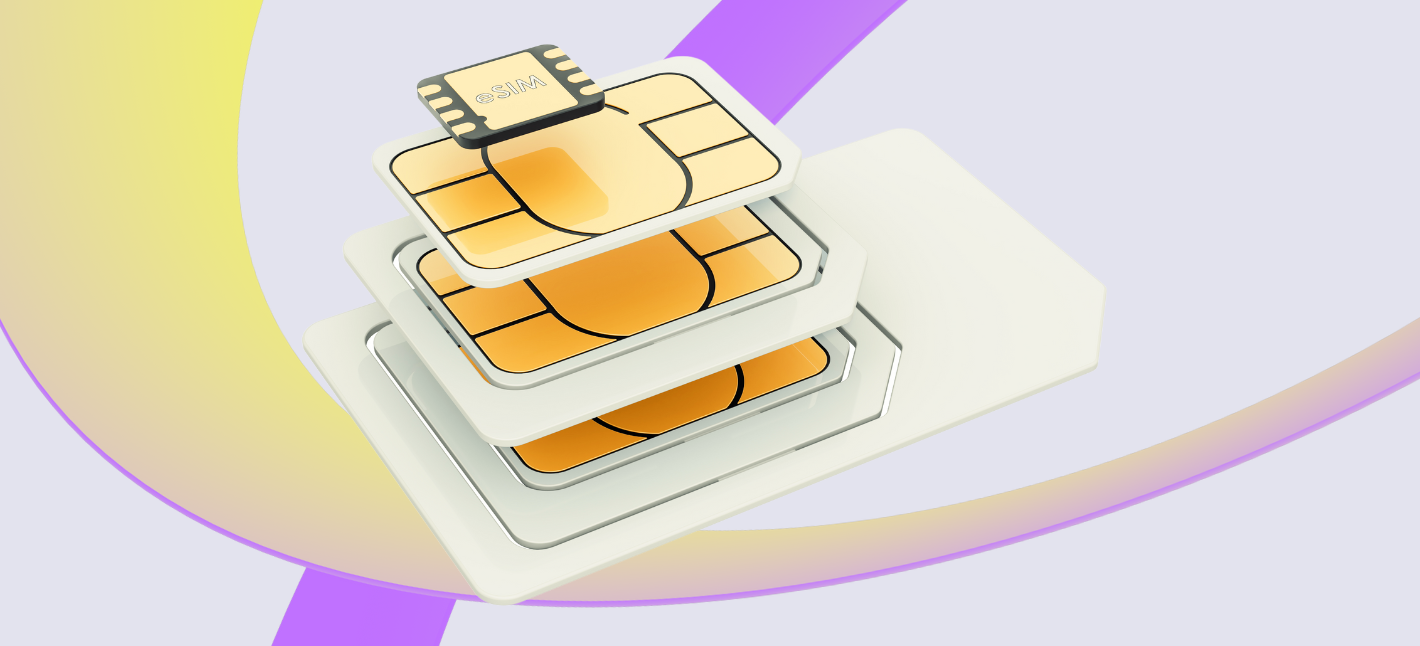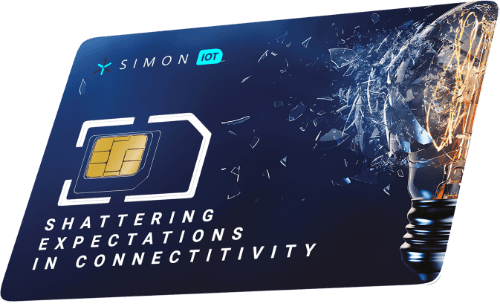Euicc Vs Uicc SIM, iSIM, eSIM Differences Explained

The emergence of the Internet of Things (IoT) has transformed various sectors, notably in industrial functions. As machines, gadgets, and systems become increasingly interconnected, the potential for enhanced efficiency and productiveness grows. However, this connectivity comes with a spread of challenges that companies must navigate to fully realize the benefits of IoT in industrial environments.
One of the primary challenges of IoT connectivity is the shortage of standardization. Different manufacturers typically use proprietary protocols, making it troublesome for units from numerous distributors to speak seamlessly. Without a common standard, firms could face compatibility points, resulting in elevated costs and a posh integration process. This fragmentation not only hampers communication but in addition prevents organizations from avoiding vendor lock-in.
Another vital impediment is the safety of IoT gadgets. The interconnected nature of business purposes opens up a quantity of entry factors for potential cyberattacks. Industrial IoT devices typically house sensitive information and management important machinery. As extra gadgets come on-line, attackers could exploit vulnerabilities, inflicting critical disruptions. A strong safety framework that addresses both device-level and network-level threats is essential for safeguarding these techniques.
Physical Sim Vs Esim Which Is Better Introduction to eSIM Technology

Data administration additionally presents major challenges in IoT connectivity. Industrial functions generate vast quantities of data, which should be collected, analyzed, and utilized effectively. Organizations typically battle with the means to store and process this information, especially when coping with real-time necessities. Delays in processing can lead to inefficient operations, negating the advantages of IoT adoption. Implementing advanced knowledge analytics and using edge computing can help mitigate these points.
Network reliability is a vital factor in making certain easy IoT operation. In industrial environments, connectivity is commonly subject to interference from numerous sources, together with heavy equipment and metal buildings. Such elements can result in inconsistent communication and data loss. Companies should spend money on strong community infrastructure, such as industrial-grade routers and enhanced wi-fi technologies, to reduce disruptions and guarantee reliability.
Scalability is one other concern for organizations seeking to implement IoT solutions. As industrial applications increase, the variety of connected devices will improve. Many legacy methods is most likely not geared up to handle this influx, causing bottlenecks. Companies should think about options that may scale with their operations, guaranteeing that their IoT infrastructure stays environment friendly as they develop.
Vodacom Esim Problems Guide to eUICC Deployments
Compliance with regulations poses further challenges in IoT connectivity (Euicc And Esim). Different sectors have specific regulations relating to knowledge protection, security, and operational standards. Keeping up with these rules is crucial for avoiding penalties and maintaining operational integrity. Organizations must develop strategies that incorporate compliance into their IoT frameworks.
The interoperability of methods is a persistent concern inside industrial functions. When gadgets from varied producers work collectively, the dearth of a common communication platform can lead to data silos. This fragmentation can stifle innovation and limit the complete advantages of IoT. Building an ecosystem where devices can interact effectively is significant to enable seamless info circulate.
Energy consumption is usually ignored however performs a big function in IoT connectivity challenges. Many IoT gadgets are battery-powered, and managing energy consumption turns into important in extending system lifespans. Efficient energy administration methods might help optimize system performance and scale back operational costs, allowing for the sustainable operation of IoT solutions in industrial environments.
Employee training and awareness is an essential but usually uncared for facet of IoT implementation. Workers is most likely not acquainted with new technologies or the potential vulnerabilities related to them. Organizations should spend cash on training applications to guarantee that employees understand tips on how to operate, preserve, and safe IoT devices successfully. This data is crucial for minimizing human error and making certain a smooth transition to extra automated processes.
Euicc Vs Esim Understanding eUICC Functionality
Finally, the integration of legacy systems poses a significant connectivity problem. Many industrial operations rely on older machinery that gained't help IoT-friendly protocols. Finding ways to bridge the gap between legacy systems and trendy IoT solutions is critical for capitalizing on new technologies with out fully overhauling present infrastructure. Strategies like retrofitting gear with IoT-enabled sensors can provide a practical solution.
The roadmap to overcoming IoT connectivity challenges in industrial applications is multifaceted. Prioritizing standardization and security can pave the finest way for smoother integrations. Moreover, investing in strong infrastructure is crucial to ensure dependable community performance. a fantastic read Addressing scalability and compliance concerns will assist organizations place themselves for future developments and changing regulations.
As industries more and more embrace IoT, the significance of interoperability cannot be stressed enough. Cultivating an environment of seamless communication throughout units can unlock new opportunities for insights and operational effectivity. Harnessing information effectively will require organizations to undertake advanced analytics and possibly even synthetic intelligence.
Difference Between Esim And Euicc What is eUICC Explained?
Training staff to navigate the complexities of IoT will serve as a foundational step towards minimizing dangers related to connectivity. This educated workforce can then contribute to optimizing processes and overcoming any unforeseen obstacles that arise. Monitoring energy consumption will play an essential role in sustaining financial viability whereas adopting IoT options.
Engaging with stakeholders, including OEMs and service providers, shall be pivotal in creating dependable and customized IoT applications tailored to particular industrial wants. By cultivating these relationships, organizations can ensure better help for the implementation and ongoing management of their IoT methods.
Evaluating the cost implications of IoT connectivity can also be essential for organizations to gauge the return on funding. Understanding how initial expenditures transform into long-term advantages will assist in formulating a strategic business case for IoT adoption.
Which Networks Support Esim South Africa IoT eUICC (eSIM) Introduction
In abstract, whereas IoT connectivity challenges in industrial purposes could seem daunting, they are often strategically managed. The potential benefits, from improved efficiency to enhanced data-driven decision-making, make these challenges worth addressing. By prioritizing security, scalability, interoperability, and workforce training, organizations can harness the total potential of IoT of their industrial settings. The journey of integrating IoT isn't merely a technological shift but a comprehensive transformation of operations.

- Limited vary of wireless technologies can lead to connectivity points in sprawling industrial environments the place infrastructure is not uniformly established.
- High security risks related to IoT gadgets necessitate robust encryption methods whereas often requiring complicated integration with current safety protocols.
- Interoperability challenges come up when different manufacturers’ units utilize varying communication standards, complicating system integrations and knowledge sharing.
- The variability of community reliability, significantly in remote or harsh environments, can adversely impact real-time data transmission essential for operational efficiency.
- Scalability considerations can emerge as organizations broaden their IoT deployments, doubtlessly resulting in community congestion and degraded efficiency if not correctly managed.
- Power administration turns into essential, particularly for battery-operated gadgets; insufficient energy effectivity may end up in frequent maintenance and reduced operational uptime.
- Data overload is a standard challenge as industrial IoT generates immense volumes of knowledge, necessitating effective strategies for processing and analyzing it in meaningful ways.
- Compliance with industry-specific regulations and standards can complicate implementation and ongoing maintenance, straining assets and delaying deployment.
- Environmental elements, similar to electromagnetic interference or physical obstacles, can negatively have an effect on the performance of IoT connectivity solutions used in industrial settings.
- Legacy systems and infrastructure may not seamlessly combine with fashionable IoT options, requiring substantial funding in upgrades to realize optimal connectivity and functionality.undefinedWhat are the common IoT connectivity challenges confronted in industrial environments?
Euicc Vs Esim eSIM, eUICC, Global SIM Comparison
Industrial environments usually expertise issues such as inconsistent network coverage, interference from machinery, and the sheer scale of devices requiring connectivity. These factors can hinder data transmission and reliability, impacting overall operations.
How does sign interference affect IoT efficiency in industrial settings?
Dual Sim Vs Esim eUICC Driving eSIM Technology
Signal interference can come from machinery, metals, and different gadgets that disrupt wireless signals. This can result in decreased information transfer rates and elevated latency, see post making it essential to conduct site assessments to find out optimal communication strategies.
What position does community infrastructure play in IoT connectivity challenges?
Is Esim Available In South Africa eSIM Consumer and IoT Specs
The present community infrastructure can considerably impact IoT efficiency. Legacy techniques may not help fashionable IoT devices or the quantity of information they generate, resulting in bottlenecks (Esim Vodacom Iphone). Upgrading infrastructure can improve connectivity and reliability.
Are there safety issues related to IoT connectivity in industrial applications?
Yes, safety is a major concern. Many IoT devices may lack strong security measures, making them susceptible to cyberattacks. Implementing sturdy authentication, encryption, and common firmware updates is crucial to safeguard important data and systems.
How can industrial companies improve IoT connectivity challenges?
Use Esim Or Physical Sim Digitizing Processes with eSIM Management
Companies can enhance connectivity by investing in sturdy networking options, conducting regular assessments, optimizing device placement, and utilizing edge computing to process knowledge closer to the source, decreasing latency and enhancing efficiency.
What technologies are handiest for bettering IoT connectivity?
Technologies such as 5G, LPWAN (Low Power Wide Area Network), and mesh networks are effective in enhancing IoT connectivity. They provide higher coverage, improved system density help, and lower latency, catering to the distinctive wants of business functions.
Esim Vs Normal Sim Working with eUICC Devices Overview
How do environmental elements impression IoT connectivity in industrial applications?
Environmental elements like temperature extremes, humidity, and dust can affect gadget performance and connectivity. Choosing IoT gadgets rated for harsh environments and making certain correct set up can mitigate these challenges.
What costs are related to addressing IoT connectivity challenges?
Dual Sim Vs Esim Multi-IMSI vs eUICC Comparison
Addressing connectivity challenges could contain costs associated to upgrading infrastructure, buying new technologies, and implementing safety measures. A cost-benefit analysis is advisable to discover out the simplest solutions that guarantee a great return on investment.
Can coaching staff mitigate IoT connectivity issues?
Yes, training workers on greatest practices for operating and sustaining IoT devices can cut back connectivity points. Knowledgeable staff can troubleshoot issues quickly and leverage technologies successfully, enhancing general system efficiency.